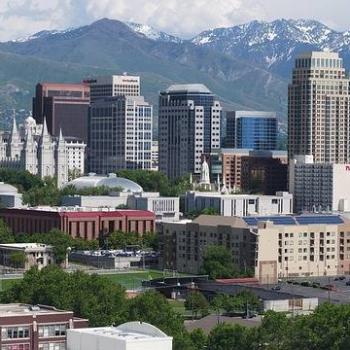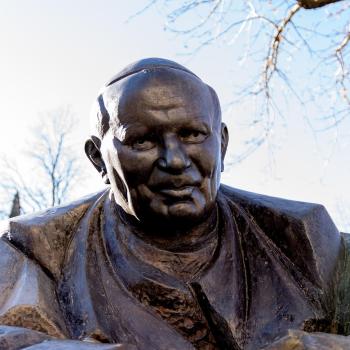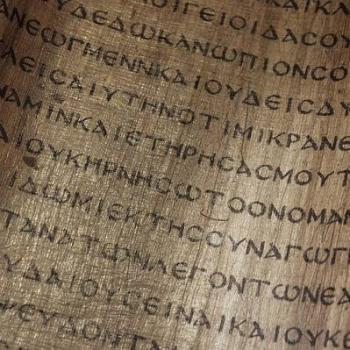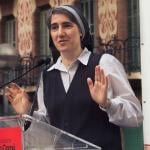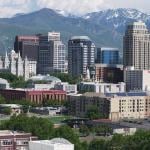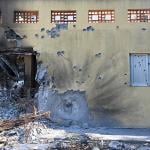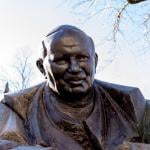TYLER IN MARYLAND ASKS:
Where are the largest Muslim populations in the U.S. located? Is there a reason Muslim-Americans tend to flock to one area over another?
THE GUY RESPONDS:
We have good current information thanks to “The American Mosque 2011” survey and head researcher Ihsan Bagby of the University of Kentucky (a Muslim and onetime United Methodist). Not all ethnic Muslims join, but mosque locations provide our best indicator of population dispersal since the U.S. Census does not ask about religion.
Bagby identified 2,106 U.S. mosques, up from 1,209 in 2000 and 962 in 1994. His list excludes Muslim Student Association chapters though they may host worship, and groups the orthodox do not consider Islamic, such as the Ahmadiyya Community, Moorish Science, and Louis Farrakhan’s Nation of Islam.
The biggest mosque totals are in these metropolitan areas: New York City (192), southern California (120), Chicago (90), Philadelphia (63), Detroit (62), San Francisco Bay (62), Atlanta (55), northern New Jersey (53), Houston (42), and Dallas-Fort Worth (39). States with the most mosques are: New York (257), California (246), Texas (166), Florida (118), Illinois (109), New Jersey (109), Pennsylvania (99), Michigan (77), Georgia (69), and Virginia (62).
Bagby reports that U.S. Islam is largely an immigrant faith, with 33 percent of adherents from south Asia, 27 percent from Arab countries, 9 percent from Africa, and 7 percent from other lands. As with other immigrants, Muslims tended to settle in urban areas and especially along the coasts of the Northeast and California. African-American Muslims are likewise urbanites. The immigrants naturally cluster where others from their homelands or with cultural affinity already live.
One inland town, Dearborn, Michigan, is an interesting case. For whatever reason, immigrants from Lebanon flocked to jobs at Henry Ford’s auto factory. Most were Christians, but the local Arabic-speaking Mideast culture also attracted Muslims. Dearborn’s first mosque was established relatively early, in 1937, whereas only 5 percent of U.S. mosques existed prior to 1960 (and the majority have been founded since 1990).
The faith is gradually putting down roots across much of the nation, with recent growth in suburbs more than cities, which now account for a bare 53 percent majority of mosques. There’s been notable expansion in the West and South. Mosques exist in all 50 states, though there are few in Alaska, Delaware, Hawaii, Idaho, Maine, Montana, New Hampshire, North Dakota, South Dakota, Rhode Island, Vermont, or Wyoming.
There’s hot dispute over how many U.S. Muslims there are, and Bagby’s work raises that issue. Claims have ranged from 877,000 adults (in the 1993 National Survey of Religious Identification) to 9 million of all ages (asserted by certain Muslims). Bagby asked a sample of mosque leaders to estimate attendance at the annual Eid festivals, thus not just regulars but the communal equivalent of Christians who show up on Christmas or Easter. From that, he projected 2.6 million “mosque participants,” up from 2 million in 2000. Bagby thinks if non-affiliated ethnics are added the total “should be closer to the estimates of up to 7 million.”
The total of mosques is similar to the congregations in the Christian and Missionary Alliance, which has an “inclusive” membership of only 436,000, so perhaps Bagby’s sources exaggerated. That’s the view of Tom W. Smith, veteran director of the General Social Survey at the University of Chicago. Smith’s 2001 analysis for the American Jewish Committee said the best scientific estimate was 1,886,000 with children included, adding that it’s “hard to accept” any figure above 2.8 million. The Center for the Study of Global Christianity at Gordon-Conwell Theological Seminary, whose data are widely cited, estimated a slightly higher 3.2 million as of 2000. The seminary’s experts think higher numbers than that probably include many Americans with Muslim-seeming names or ethnicity who are actually Christians.
Full text of the Bagby report:
Smith’s analysis of population estimates:
http://www.ajc.org/site/apps/nlnet/content3.aspx?c=7oJILSPwFfJSG&b=8451903&ct=12481869



